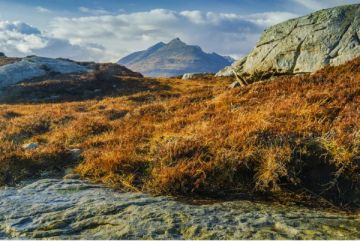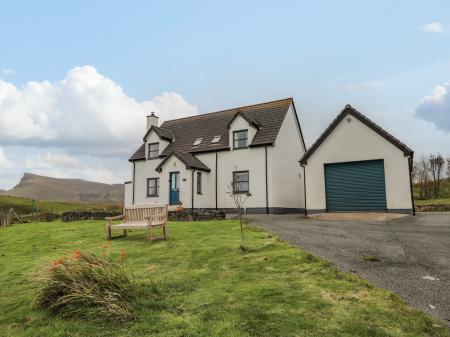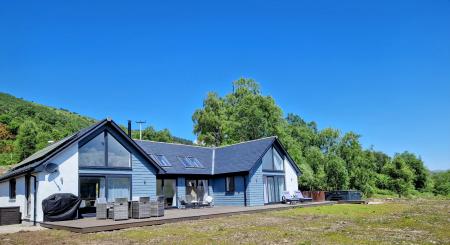The First Jacobite Rebellion is usually considered the 1715 Rising, but in fact, James VIII tried to regain his throne long before 1715. In 1708 James, son of the deposed James VII of Scotland and II of England, gathered a French fleet and tried to land. The French vessels were easily turned back by a superior English fleet.
The anticipated upswell of support on the mainland failed to materialize, and James had no choice but to turn back. What he failed to realise is that most people of Scotland simply did not want a Catholic king.
That did not stop him from trying again. In 1714 Queen Anne died and was followed to the throne by George I, son of Queen Sophia of Hanover. The hot-tempered Earl of Mar, angered by his failure to find favour with the new king, launched a rebellion in the name of James VIII. Mar initially had great success; he seized Inverness and Perth.
A second group of Highland supporters joined with a group of Border Jacobites and marched south into England. They met English troops at Preston, Lancashire on 13 November 1715, and in a battle lasting two days, the Jacobites were defeated.
On the same day, the Earl of Mar and his Jacobite army met the Duke of Argyll's Union troops at Sheriffmuir, near Stirling. After fierce fighting, the Union army emerged victorious. Before James VIII even set foot on Scottish soil the cause was already lost. James arrived in December, only to turn around and, with the Earl of Mar, escape overseas to France.
There was an extremely abortive one day rising in 1719 when a group of Highlanders were joined by Spanish troops, but this rising melted away as quickly as it began.
Consequences of the Jacobite Rebellion
One outcome of the First Jacobite Rebellion is that the government realised that it to do something to control the Highlands. One of the main problems exerting government control was the wild, mountainous terrain, which made troop transport very difficult.
To solve this problem the government sent General Wade on a mission to build a network of roads and bridges across the Highlands. Wade built major forts at Inverness, Fort George, Fort Augustus, Fort William, Ruthven, Bernera, Inversnaid, and Inverary, and joined these forts by a series of roads which allowed government troops to move quickly through the Highland glens.
The government also tried to break the Jacobite ties among the Highlanders by creating Highland regiments like the Black Watch, bringing clansmen into the army for the first time.


